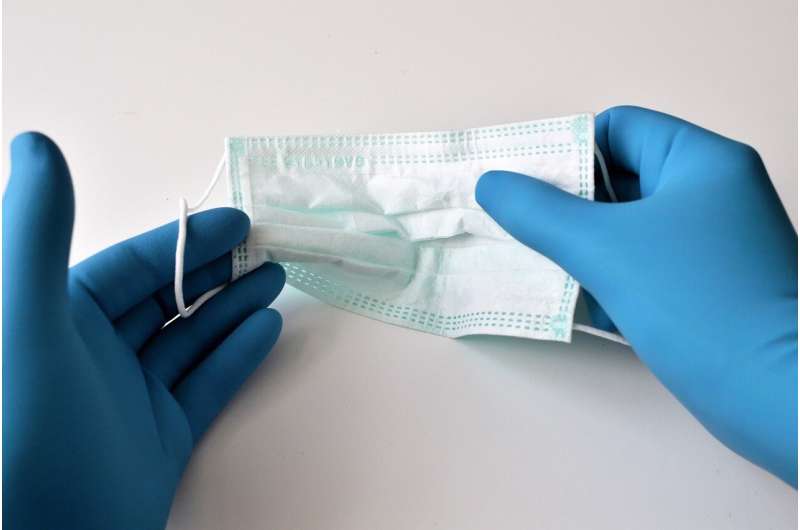
In the midst of a third wave of coronavirus infections, Ireland now holds the unhappy title of the nation with the highest transmission rate in the world.
The country of five million has suffered only 2,397 virus deaths to date and gained plaudits for the way it handled two previous pandemic waves.
In December, it had the lowest incidence rate in the European Union after becoming the first member country to launch a second lockdown.
But now it sits atop a world table tracking fresh infections.
There were 1,288 confirmed cases per million of the population on Monday according to data compiled by Oxford University—placing Ireland first, ahead of the Czech Republic and Slovenia.
‘Tsunami of infection’
Ireland had officially registered just over 93,000 cases on January 1 but that figure jumped to more than 150,000 by Monday.
On Tuesday, Switzerland announced a quarantine on Irish travellers as World Health Organization (WHO) emergencies director Michael Ryan said the nation has “one of the most acute increases in disease incidence of any country”.
The head of Ireland’s health service has warned that hospitals were “beyond strain”.
According to Tuesday’s figures, there are 1,700 patients hospitalised with the virus, nearly double the peak registered in Ireland’s first wave early last year.
The third lockdown has seen schools, non-essential retail and the hospitality sector totally shut.
Prime Minister Micheal Martin said last week healthcare workers were facing a “tsunami of infection”.
“Unless you are involved in absolutely essential work you have no reason to be away from your home,” he warned the public.
Hectic Christmas
However, just weeks earlier, Ireland was one of the nations to dramatically relax coronavirus restrictions around the festive period.
Pubs, restaurants, gyms, hairdressers and non-essential shops were permitted to reopen in December.
The decision reportedly cut against the advice of Ireland’s National Public Health Emergency Team (NPHET), which recommended more stringent measures remain in place.
Ireland further relaxed restrictions in late December—allowing up to three households to mingle as Martin aimed to give citizens a “meaningful Christmas”.
Ireland’s chief medical officer Tony Holohan has said there was “a significant change in the patterns of socialisation” as a result of the December alterations.
He said before the Christmas period there were “pre-pandemic levels of socialisation”, abetting the spread of the virus.
UK variant
Ireland is also reporting a spike in cases of a new variant of coronavirus first identified in neighbouring Britain.
The new strain, which is believed to be up to 70 percent more transmissible, was first identified in the south of England.
Ireland announced the first confirmed case of the variant on Christmas Day.
On Monday health officials said data from the first week of 2021 showed the new variant now accounts for 45 percent of samples tested.
Ireland banned flights from Britain from December 20 until January 9 and now requires arriving travellers to present a negative test.
However there has been some suggestion from media that Ireland’s unique border arrangements hamper efforts to quash the spread of the new variant from Britain.
Ireland borders the UK province of Northern Ireland, the site of a sectarian conflict known as “The Troubles” which ended in 1998.
Under a peace deal the 500-kilometre (310-mile) border was opened and it has been deemed too politically sensitive to shut it down.
Prime Minister Micheal Martin said Monday it was “very hard” to seal the border.
He also said it was also “overly simplistic to just focus on one area” to blame for Ireland’s vertiginous infection rate.
Source: Read Full Article
